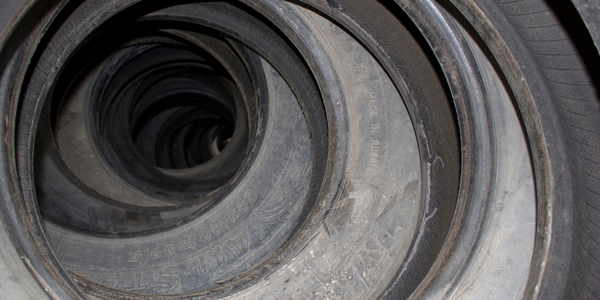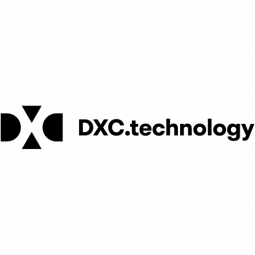
技术
- 功能应用 - 制造执行系统 (MES)
适用功能
- 离散制造
用例
- 先进规划与排程
客户
爱克发图形
关于客户
Agfa Graphics 是印刷和出版行业印前解决方案的全球领导者,生产全球 40% 的印刷材料。
挑战
Agfa Graphics 希望更深入地了解性能和成本,并通过与车间遗留系统的广泛集成来改进规划。 Agfa Graphics 需要构建和集成一个系统,将成品及时发送到全球客户,同时考虑到紧急和紧急订单。
解决方案
实施了一种新的 SAP 生产计划解决方案,该解决方案与公司的全球 SAP 模板和遗留系统相集成。新解决方案主要在 SAP R/3 环境中实施,与 SAP Advanced Planner and Optimizer (APO) 进行通信以进行供应链管理。 CSC 担任该项目的主要顾问。
收集的数据
Logistics Cost, Material Tracking, Operation Performance, Parts and material pricing, Supply Chain Optimization
运营影响

Case Study missing?
Start adding your own!
Register with your work email and create a new case study profile for your business.
相关案例.

Case Study
Solution Implementation for an Automobile Major
The client wanted the system to go-live in a short duration of time and it is very critical for them to do this before their production. They wanted a strong SAP (System Application and Products) implementation partner with expertise and experience in the manufacturing domain, especially with expertise in the automotive and Supply Chain space.The client wanted their SAP system to be aligned with their business processes and wanted to derive maximum benefits out of their SAP investments. The client was very particular about having a robust and operational SAP system much ahead of their production timelines.

Case Study
Argent International Takes On-Time Delivery To A New Level With PLEX
Argent used to track its operations in an ERP system from QAD. But the company’s end users found the system cumbersome—and its decision-makers grew concerned about the costs associated with the system. “Because we had installed QAD in-house, we had to purchase and maintain our own servers,” said Randy Garreston, System Administrator for Argent International. “We also found the upgrade process to be disruptive. Just when we’d get used to one version, they’d change it and we’d have to learn how to navigate a reconfigured interface.”





